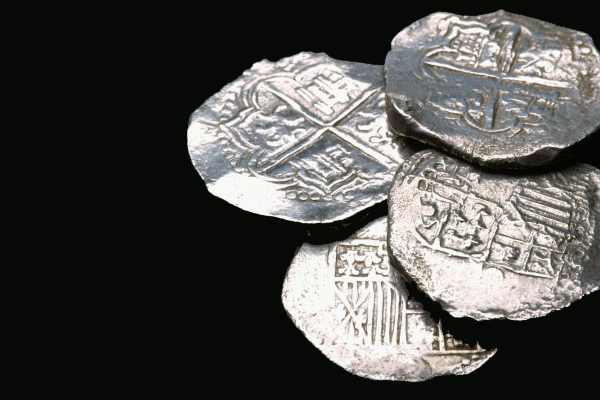
A Brief History of Silver
We talk a lot about Gold, and with good reason. Gold bullion makes up a significant part of the world bullion market. Silver of course has its place and as we have mentioned previously possesses many of the same properties as Gold making it useful for a wide range of applications. In this history of the element Silver we’ll explore some of the fascinating history of this element and its use throughout civilisation to the present day, here is a brief history of silver.
The story starts approximately 7000 years ago in the 5th Millennium BCE. This was a time of great technological advancement for human kind with the archaeological evidence for the first organised agriculture, early writing and the wheel being invented. This time was also significant for its advances in metallurgy with the use of copper and lead first being recorded. It is likely that sometime between the 5th and 4th Millenniums BCE the element Silver was first separated from lead.
In Eurasia between the 5th and 4th Millenniums BCE the mining and production of Silver was focussed around the North Eastern Mediterranean Sea, first in modern day Turkey and later in Greece, coinciding with some of the first major civilisations to take hold in the region. These mines remained the dominant producers of Silver until around 100CE when mines in Spain became the major producers rather than those on the other side of the Mediterranean. The completion of the conquest of Spain by the Roman Empire and the stability and technological advancement that this brought likely played a part in increasing production. During this period of time Silver was considered an important and valuable metal and in the case of ancient Egypt was actually seen as more valuable than gold for a time.
The story of major Silver production has thus far been centred on southern Europe. By 1200CE new discoveries were seeing Silver being mined in many more areas across Europe. A major shift in focus was about to occur however with the discovery by Europeans of the New World in 1492CE. The Spanish conquest of much of the New World led to dramatic exploitation of resources on a scale never before seen, so much so that by 1800CE over 85% of world production of Silver came from Mexico, Peru and Bolivia.
In the 20th Century the United States of America became a large producer of Silver following discoveries of significant deposits and added to that were new deposits in Australia, Central America and Europe and by 1920 approximately 190 million Troy ounces are estimated to have been produced globally annually.
Coming up to the present day Silver finds more and more industrial applications and demand still grows from jewellery. Advances in extraction and processing methods have led to greater volumes of high grade Silver being produced than at any time in recorded history. Global annual production has been fairly steady recently, averaging approximately 670 million Troy ounces, highlighting the importance of Silver to human activity over the 5 millennia since its first use.

+ There are no comments
Add yours